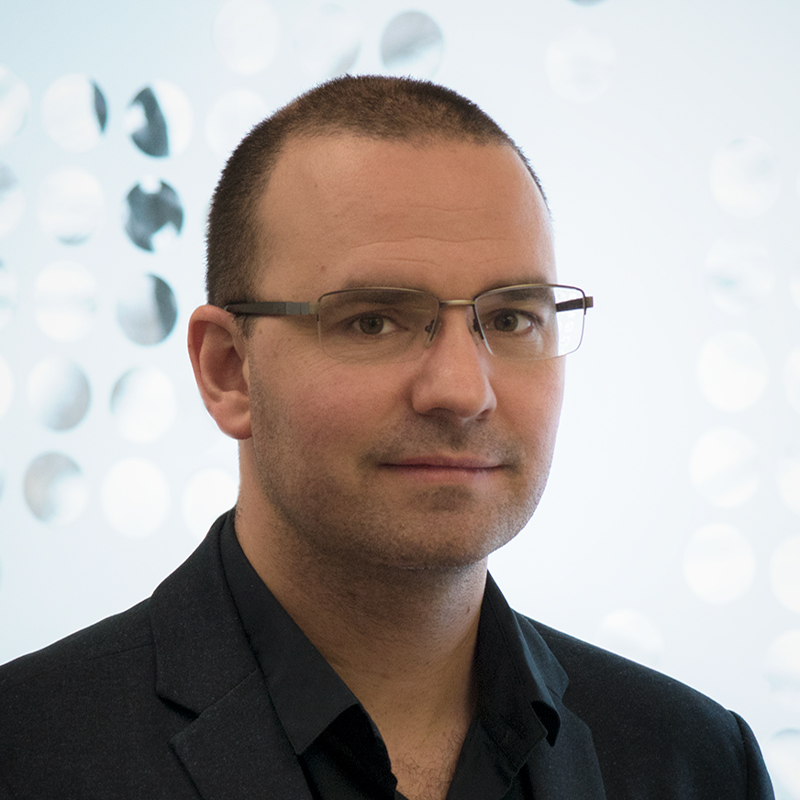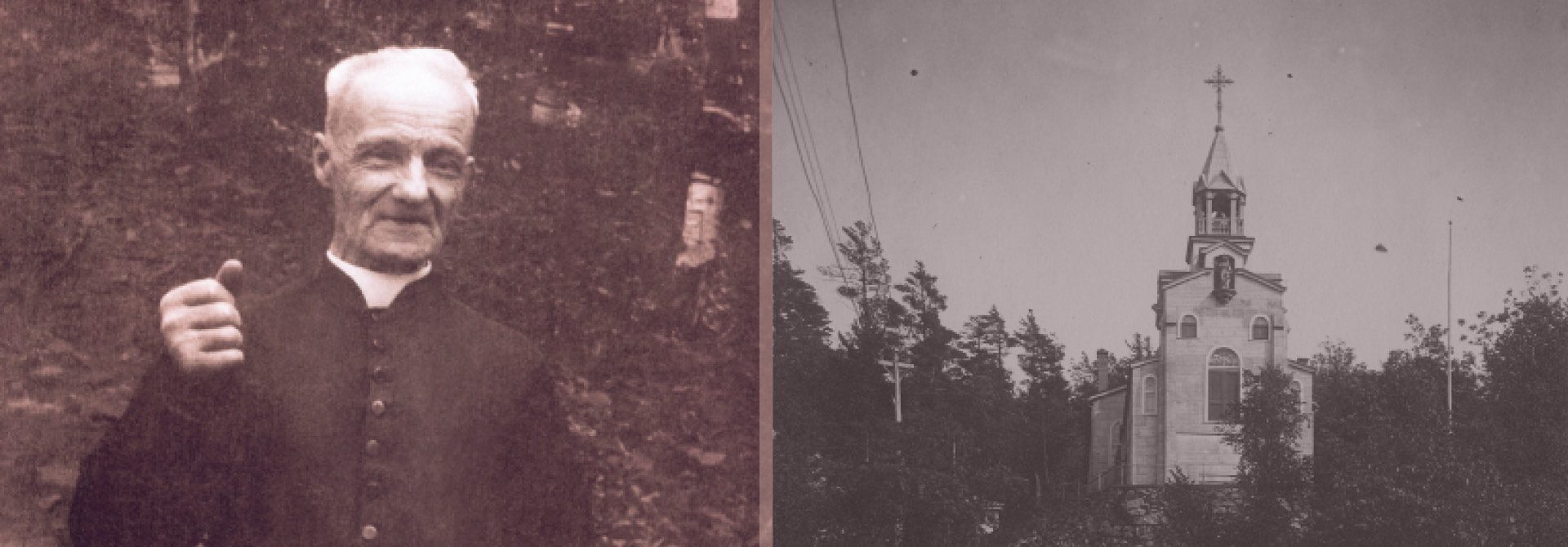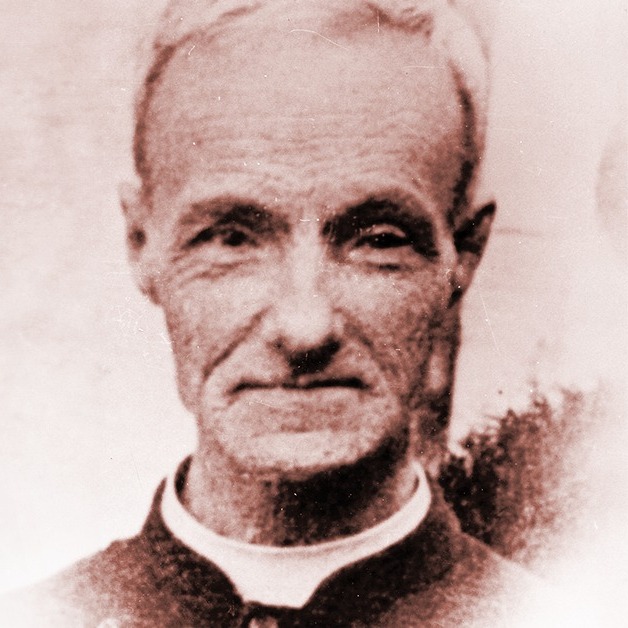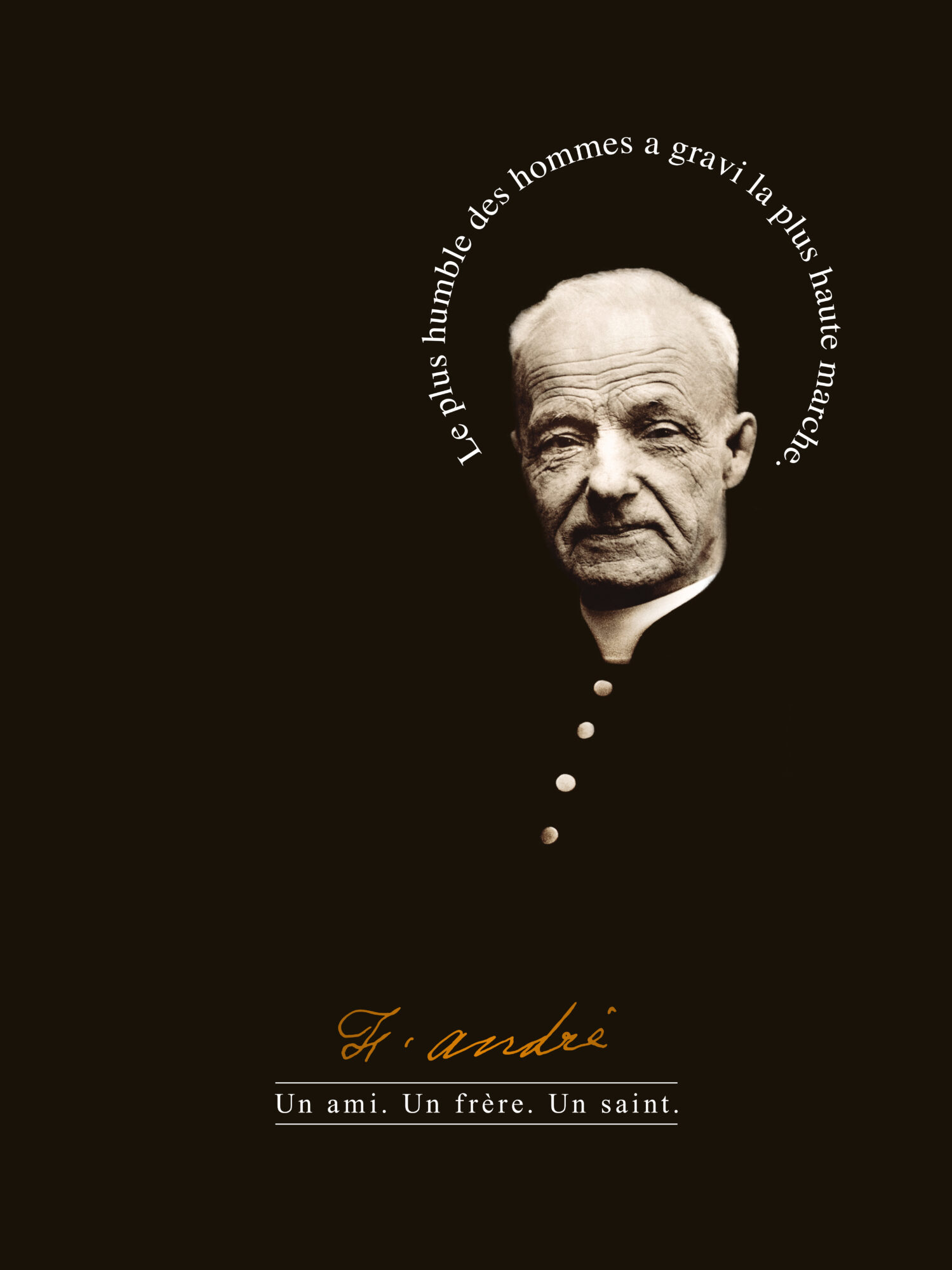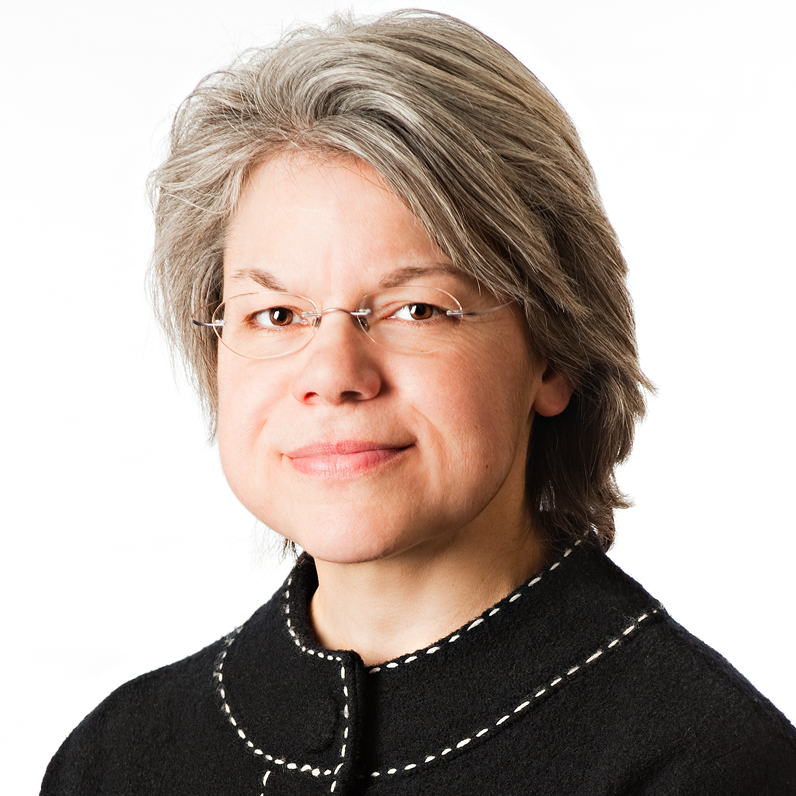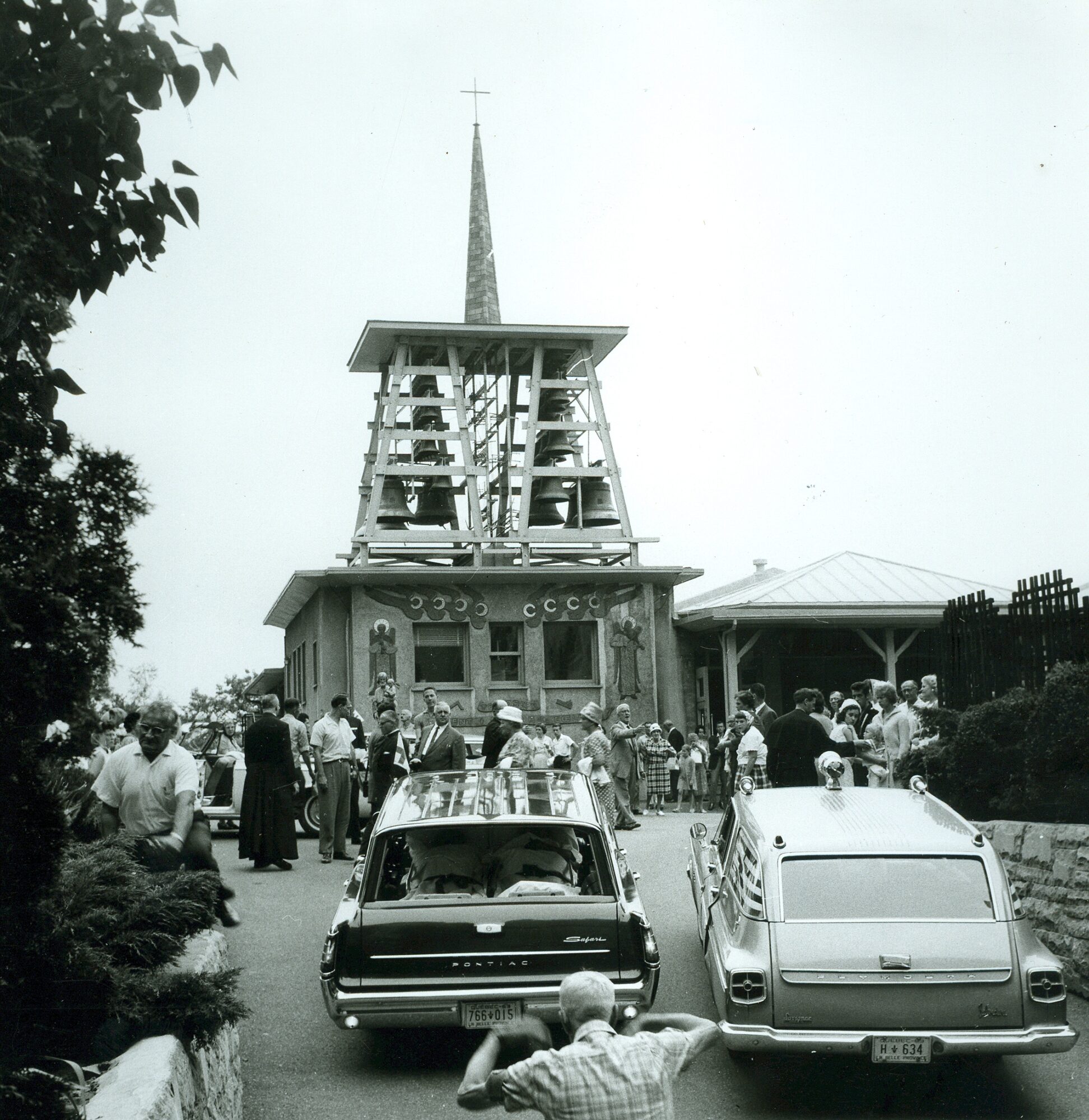International Recognition
It is sometimes disconcerting for those who frequent the shrine archives to note that Brother André’s name is rarely mentioned in the official publications of the Oratory. He does appear here and there, but only on very rare occasions and no article is specifically dedicated to him.
Caution of the Church
A few details may explain this situation. First, Brother André was not called to be a public figure for his congregation. He had received his obediences and respected them to the letter:
The appointment of Brother André as guardian of the shrine in 1910] had little consequence, given his role in the community. […] he always remained the humble and fragile little brother who had spent forty years of his life as a porter, answering visitors, tending the flowerbeds, running errands, and especially brushing endless wooden floors. He was not a man in authority. 1
Photo 30-9: Old path leading pilgrims to the Original Chapel, circa 1910. The statue of Saint Joseph can be seen on a niche in the façade. Archives of Saint Joseph’s Oratory of Mount RoyalThen, from the very first rumors, the Montreal Church was very cautious about the alleged miraculous cures.It is enough to recall the material and financial difficulties that Brother André had to face from the beginning of the little chapel to convince himself of this: he had to convince his superiors, find the money and materials himself, ask for and be refused extensions for the nave…2Photo 123.25-X: Archbishop Paul Bruchési of Montreal from 1897 to 1939. Archives of Saint Joseph’s Oratory of Mount RoyalThis caution would eventually be conducive to the fate of the Oratory. On November 28, 1910, a commission of inquiry set up by Bishop Bruchési held a hearing at Collège Notre-Dame.This commission was to “…proceed with a serious examination of the facts…make a complete inquiry into everything that is happening at Saint Joseph’s Oratory and also into the extraordinary things that are taking place there. 3The approval of Archbishop Bruchési will give impetus to a work which already attracts hundreds of faithful on Sundays and certain feast days. But for all that, the presence of Brother André remained discreet.
A DEATH THAT GOES BEYOND THE SHRINE
Saint Brother André walking on the side of Mount Royal, date unknown. Archives of Saint Joseph’s Oratory of Mount RoyalThe situation took a radically different turn following the death of Brother André on January 6, 1937. If for almost thirty years (1910-1937) we can count a few newspapers reporting news from the Oratory about the miracles that occurred there, an impressive number of newspapers made the death of the founder of the shrine their front pages between January 5 and 14, 1937.The Roland-Gauthier Archives and Documentation Center does not keep all of these newspapers, but a “Directory of printed matter” gives us a good idea of the international scope of the news. By January 5, newspapers in Chicago (Chicago Daily Tribune), Philadelphia (Daily News), Massachusetts (Fall River Herald News) and Canada (Globe and Mail, Moose Jaw Times Herald, La Patrie and La Presse) were covering the event.When the news of his death was announced on January 6, the press services were ready: Brother André’s death was on the cover of more than 275 newspapers! The vast majority of them were in the United States. Until the day after the official funeral (January 12, 1937) and even beyond, the newspapers continued to cover the events: the crowds, the healings, the devotion…__________________________________ 1 Father Bernard Lafrenière, c.s.c. (1997). Le frère André selon les témoins, Saint Joseph’s Oratory, p.72 2. Catta (1965). Le frère André, Fides, p.241-246 3. Summarium, t.1, 1955
